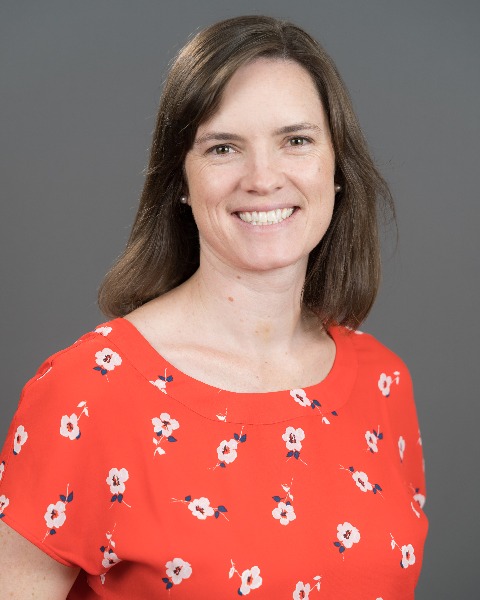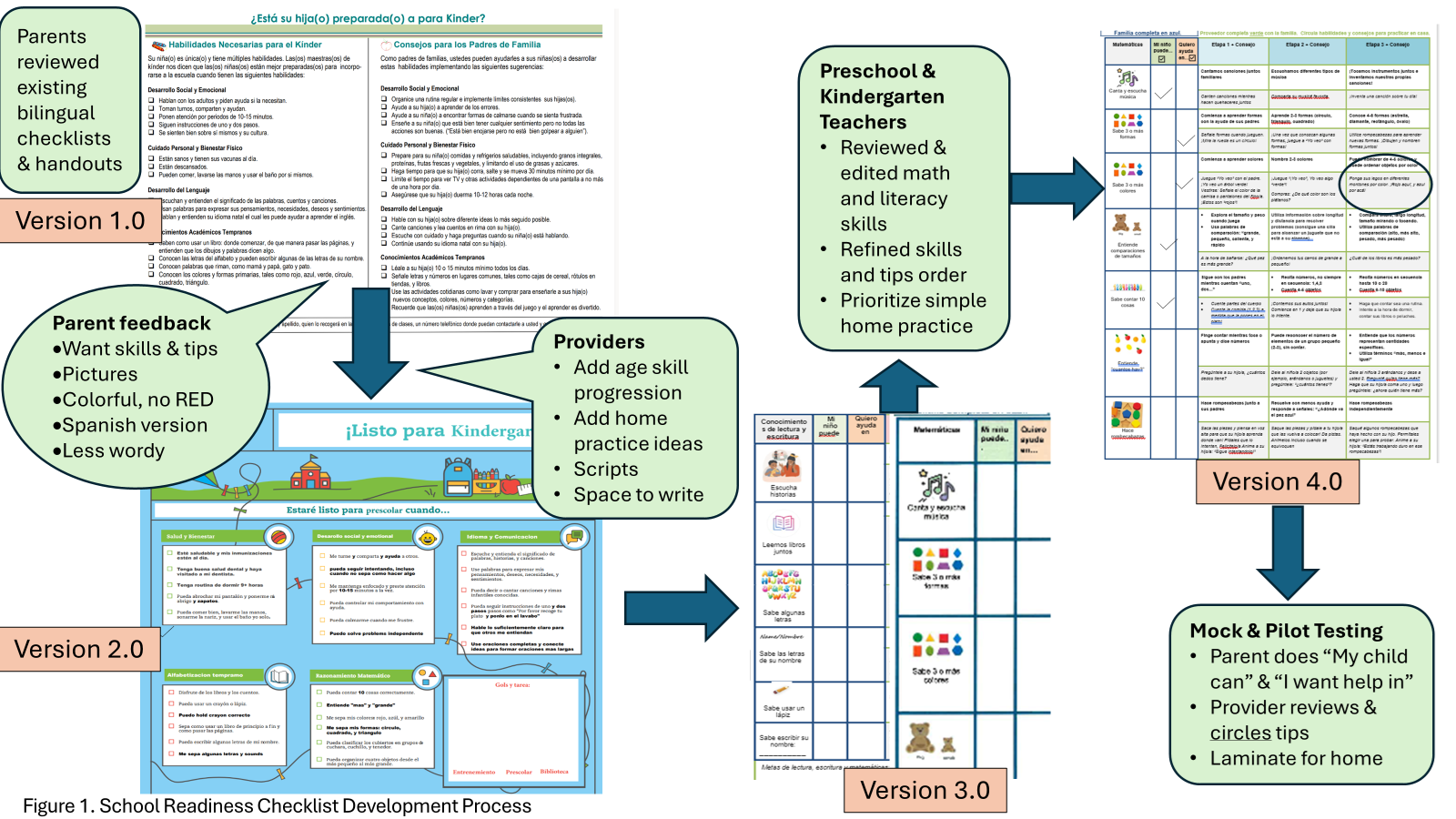General Pediatrics 3
Session: General Pediatrics 3
216 - Estamos Listos: A Spanish school readiness checklist designed by Latino families, providers, and early childhood educators for primary care
Sunday, April 27, 2025
8:30am - 10:45am HST
Publication Number: 216.4837
Jaime W. Peterson, Oregon Health and Science University, Portland, OR, United States; Galilea J. Estrada Sanchez, Doernbecher Children's Hospital at Oregon Health & Science University, Clackamas, OR, United States; Jimena Caballero Ignacio, Oregon Health & Science University School of Medicine, Salem, OR, United States; Maya Postigo, Oregon Health and Science University, Portland, OR, United States; Vanessa Hernandez-Zepeda, Oregon Health & Science University School of Medicine, Portland, OR, United States; Katharine Zuckerman, Oregon Health & Science University School of Medicine, Portland, OR, United States; Ellen Stevenson, Oregon Health & Science University School of Medicine, Portland, OR, United States

Jaime W. Peterson, MD, MPH (she/her/hers)
Associate Professor
Oregon Health and Science University
Portland, Oregon, United States
Presenting Author(s)
Background: Latino children often enter kindergarten behind in early math and literacy. Latino parents identified a School Readiness (SR) Checklist as an acceptable way to increase parental SR knowledge in clinics. However, existing SR Checklists target 4–5-year-olds, do not target Spanish-speaking Latinos and have not been formally adapted, tested, or integrated into primary care.
Objective: Engage Spanish-speaking Latino parents and pediatricians to develop, refine, and pilot test a SR Checklist at four Oregon pediatric clinics.
Design/Methods: Phase 1: Checklist development based on interviews with Latino parents, providers, and preschool teachers. Phase 2: User testing included a) mock clinic visits with parent acceptability measures (AIM, FIM: Intervention Acceptability and Feasibility Measures; 5 point Likert scales) and b) language and cultural adaptation by two bilingual research assistants to review grammar, reading level and cultural context of tips. Phase 3: Pilot testing in 3-year-old well checks (WCC) to measure acceptability and feasibility of final SR checklist; post-intervention interviews with providers and parents, transcription and inductive theme analysis.
Results: Phase 1: A monolingual SR Checklist was iteratively revised (Figure 1) to meet parent desires (include skills and tips), provider needs (examples of how to practice skills at home) and preschool teachers' expertise (correct progression of skill development). Phase 2: In mock visits (n=7) parents found concrete skill examples helpful, preferred providers review each skill, then offer a home tip based on child’s skill level. Phase 3: Pilot tested with Latino, bilingual (n=8) or Spanish-speaking parents (n=2) and providers (n=4) at four clinics. All parents and providers “strongly agreed” they “liked” the Checklist, found it “doable” and “a good fit”; 96% of providers “agreed” or strongly agreed” it met their “approval” and “was easy to use” on validated measures. Qualitative interviews (n= 9) found parents appreciate the checklist and shared it with family and friends. Parents with older children felt first-time parents would benefit from the intervention as early as three years old. Providers felt the checklist was an essential reminder for integrating SR tools during WCC checks and gave them ideas to integrate daily-use tips.
Conclusion(s): Parents and providers found the final Estamos Listos SR checklist acceptable and feasible in primary care. Next steps include refinement based on family and provider feedback and development of provider tools such as scripts to further implement and test effectiveness in primary care.
Figure 1. School Readiness Checklist Development Process


